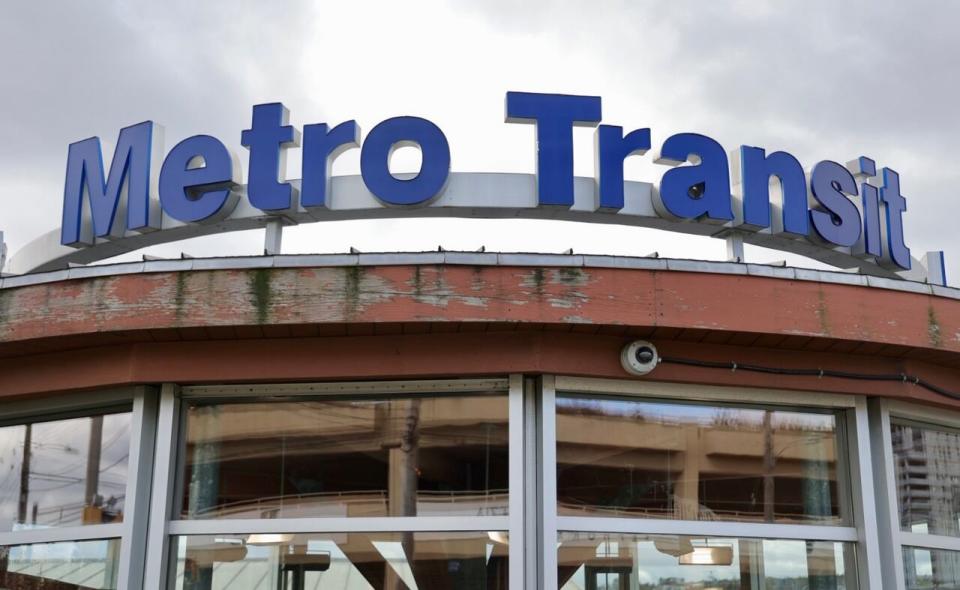Ridership is up on Halifax Transit — and so is overcrowding

The number of boardings on Halifax Transit buses were up this spring while overcrowding remains a major issue on the busiest routes.
Staff presented numbers from April to June of this year to the city's transportation standing committee on Thursday showing that overall boardings were up 27 per cent compared to the same time last year.
That brings ridership in Halifax up to 97 per cent of pre-pandemic levels.
Overload incidents — where a full bus bypasses people waiting at a stop — jumped to 212 compared to 52 last year. The vast majority of them happened on key corridors which are routes 1 through 10.
"The impact this has on residents who rely on transit is really significant," said Coun. Patty Cuttell, who said she constantly hears from her residents about crowding on buses along Herring Cove Road.

Coun. Patty Cuttell represents Spryfield-Sambro Loop-Prospect Road on Halifax Regional Council. (HRM/YouTube)
Cuttell said she hears from nurses missing the start of their shift when a bus goes by, or parents being late to pick up kids from daycare. It's especially critical for Spryfield where many residents have lower incomes, she said.
"Transit is their only choice — it's critical, not a nice-to-have," Cuttell said.
Patricia Hughes, director of planning with Halifax Transit, said it's clear the busy corridors are where the need is. Ridership numbers for those routes were up 30 per cent in September compared to the same month in 2019.

A sign atop the main shelter building at Mumford Terminal in Halifax. (Jeorge Sadi/CBC)
The report said 75 per cent of buses were on time during the spring, falling below the target of 85 per cent.
Coun. Shawn Cleary said it's important to build a reliable service to get more people out of their cars.
"Climate change is not going anywhere, in fact it's accelerating," Cleary said.
Hughes said recruitment for bus drivers is up, but there are still not enough people to drive all the available buses.
Cuttell and others asked about what actions could be taken now to ease the overcrowding while the city looks for more drivers, such as moving under-used services to the busy routes.
Dave Reage, executive director of Halifax Transit, said they are always adjusting where possible and can bring suggestions of routes to cut or move during budget deliberations this winter. But, he said, overcrowding is not new, and is "an unfortunate reality of a transit system"
"In terms of what's possible in the near term, frankly there's not a lot because we don't have extra buses that we can put in service," Reage said.
Coun. Waye Mason said council will have to make some hard decisions come budget time. The options are either raising taxes to put more money into drivers and buses, or cutting routes that are under used and moving those buses to busier areas.
"I don't think we can go through a year of leaving it the way it is — I absolutely don't," Mason said.
However, Mason said it's a "relief" to see how ridership has bounced back from the pandemic considering that's not the case in other Canadian cities, including Toronto.
Transit staff said they are making some changes starting Nov.20 they hope can make a difference. Those include four new routes, schedule adjustments to 18 routes to improve reliability, and bringing back one-quarter of the services cancelled in February.
MORE TOP STORIES


